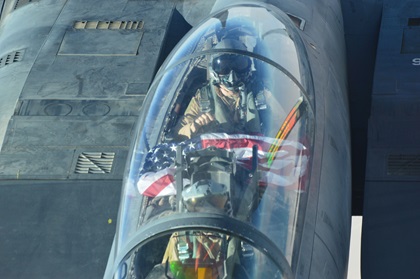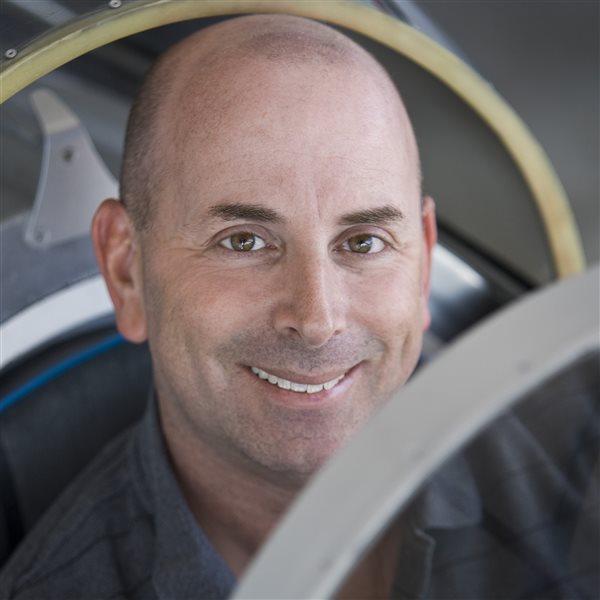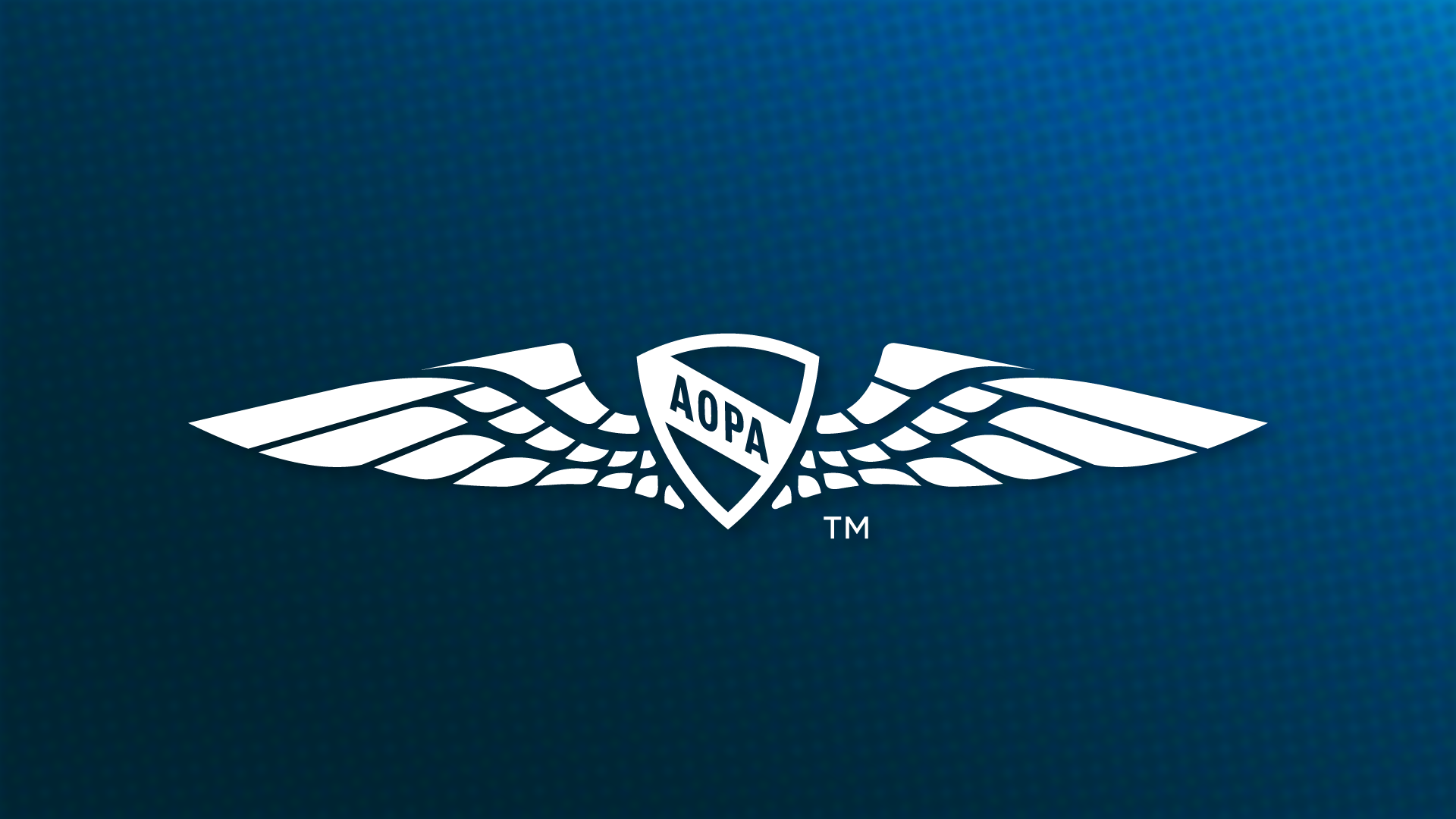MIL2ATP prepares military pilots for airline careers
Matt Eichel named 2021 AOPA Flight Training Experience Award winner for best CFI in the Southern region
Matt Eichel knows how to get through to pilots.
As a U.S. Air Force weapons system officer flying in the back seat of McDonnell-Douglas F–15E Strike Eagles, he closely coordinated his actions with the front-seat pilot and other team members—often in strenuous, stressful situations with incredibly high consequences.
“We know how to help military pilots make the transition to civilian airline flying,” said Eichel, 39, a certificated flight instructor who has earned instrument instructor and multiengine instructor ratings. “We concentrate on the new material they need to learn, and we don’t rehash the things they already know so they can meet their professional goals as quickly and efficiently as possible.”
Eichel is the winner of AOPA’s prestigious 2021 Flight Training Experience Award for best flight instructor in the Southern region. He follows MIL2ATP founder Christoper Kreske, who won national instructor of the year honors in 2019.
In addition to the academic, simulator, and flight training required for civilian airline transport pilot certificates, MIL2ATP provides airline networking, résumé writing, and interview preparation courses.

A pilot shortage, combined with accelerated airline retirements due to the COVID-19 pandemic, has created surging demand for qualified airline pilots at both regional and major carriers. MIL2ATP has added classes to meet the rise in demand, but it’s also constrained by a shortage of instructors who have both the military and airline backgrounds the school requires.
“We use highly experienced instructors with both military and airline experience because they know how to combine those two worlds,” Eichel said. “Our CFIs teach because they love it. They want to see their students succeed, and they’re not trying to use teaching here as a steppingstone to something else.”
MIL2ATP students are typically well versed in operating jet or turboprop aircraft. But piston engines with magnetos and mixture knobs are either totally foreign, or faded memories from a distant past. Since ATP checkrides typically take place in piston twins, MIL2ATP students must quickly adapt to these new-to-them, old technologies.
The MIL2ATP flight school is located at Wayne Executive Jetport near the Seymour Johnson Air Force Base in North Carolina, and many of its students are veterans who live in the area. Those students are accustomed to regimented training with strict timelines and multiple milestones to meet along the way, and MIL2ATP provides that framework.
Military pilots often know two years or more in advance when they will return to civilian life, and the airline hiring process typically takes between three and six months to complete. That leaves an opening of about 12 to 18 months for military flyers to earn ATP certificates, apply to air carriers, and obtain professional flying jobs without any employment gap.
“The vast majority of our students are motivated military pilots with an end-state goal and a timeline,” Eichel said.
MIL2ATP instructors provide structured training that allows students to meet their goals while also having fun in the process.
“Flight training should never be a laborious chore,” Eichel said. “You’ve got to teach the book knowledge, but you should do it in a way that makes it fun and enjoyable. If that means flying to the beach or stopping somewhere for a burger, that’s OK. I do my best to lighten up and have some fun whenever the situation allows.”




